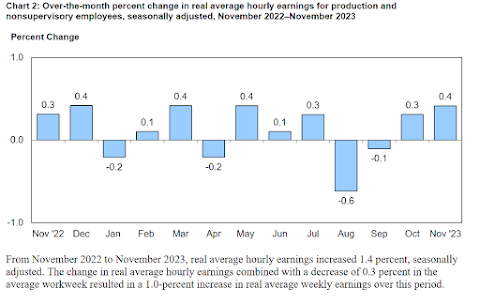Republican lawmakers ask Wisconsin Supreme Court to reconsider gerrymandering case https://t.co/cao5KofVZF via @hopekarnopp
— Molly Beck (@MollyBeck) December 29, 2023
Attorneys for Republican lawmakers are asking the Wisconsin Supreme Court to reconsider its 4-3 decision that found the state's current legislative maps unconstitutional and ordered them to draw new ones, arguing their timeline to do so is rushed. The court ordered parties on Dec. 22 to submit map proposals by Jan. 12, and consultants are set to review them by Feb. 1. The Wisconsin Elections Commission has said maps must be in place by March 15 for the fall legislative races. Candidates must circulate nomination papers for an Aug. 13 partisan primary ahead of the Nov. 5 general election. But Republicans argue instituting new maps as the 2024 elections draw closer would "needlessly disrupt the electoral process." They are asking those deadlines to be reconsidered and for the court to halt all proceedings in the meantime. "Announced the Friday before Christmas, the parties have been given 21 days — a third of them falling on weekends and state holidays — to submit proposed remedies, lengthy remedial briefs and expert reports," attorneys wrote in a filing late Thursday.Oh, now it takes time for the GOP to figure out how to draw a map and explain what they're doing? It sure wasn't that way in 2011.
In 2011, Republicans controlled the Senate, House, and Governor's mansion, and were in a position to single-handedly draw and approve maps that benefited them (not to mention pass legislation from the ALEC corporate wishlist). However, with six Republican senators facing recall in the state, GOP lawmakers scrambled to draw and pass new maps before the August recall elections potentially returned control of the Senate to Democrats (in the end, the GOP lost two seats but retained a one-vote majority). "When those meetings ended on July 7th, they had a majority consensus in the legislature to vote for and adopt a secret map that no one had seen – not Democratic legislators, and not the public," said Peter Earle, attorney for Voces de la Frontera, one of the groups bringing the redistricting challenge. Governor Scott Walker signed the electoral maps into law on August 9, 2011, with no input from Democrats and after the legislature held only one public hearing. In drawing the maps, the GOP hired the law firm Michael Best & Friedrich and held a series of secret meetings at their law offices, apparently in an attempt to protect the redistricting effort from public view and disguise it behind attorney-client privilege.Heck, it took me a few days to goof around on my free time at the Dave's Redistricting website, and come up with legislative maps. Shoot, Robbin' Vos and the rest of the Assembly GOP created their own "drawn the maps" website 2 years ago. The links are dead now, but I'm sure Robbin' has the info from it. They could re-start the website, use the info from the public, and give it a whirl. Let's also flash back to 3 months ago, and how Robbin' Vos and his fellow Assembly Republicans were able to take action on a redistricting bill in a much shorter amount of time.
Wisconsin's Republican-controlled Assembly passed a sweeping redistricting reform plan Thursday that takes the power of drawing maps out of the hands of lawmakers and gives it to nonpartisan staff. But Democratic Gov. Tony Evers has all-but promised to veto the bill that he called “bogus,” even though it largely resembled a nonpartisan redistricting plan he's pushed for years. The vote shortly before midnight on the rapidly moving proposal came just two days after Republicans introduced the redistricting bill. The proposal caught Democrats and advocates for redistricting reform by a surprise in a state widely regarded as having some of the most gerrymandered maps in the country.... Democrats and those pushing for redistricting reform say Vos and Republicans are being disingenuous by voting on the bill less than 48 hours after introduction with no public hearing and no consultation with groups who have been working on redistricting for years. “You bring us a half-baked bill with no public input and call it a path forward,” Democratic Rep. Kalan Haywood said in urging opposition.Just pathetic desperation from WisGOP at this point, and transparently intended to use as some kind of defense to their appeal to the US Supreme Court after the Wisconsin Supremes laugh them out of the Capitol. "Waaah, we weren't given enough time to do work on fixing the maps we screwed up! Can you just bring back the old, crooked maps? PLEASE?" Give me a fucking break. These clowns deserve an abolsute whupping at the polls next November. Let's make it so.































